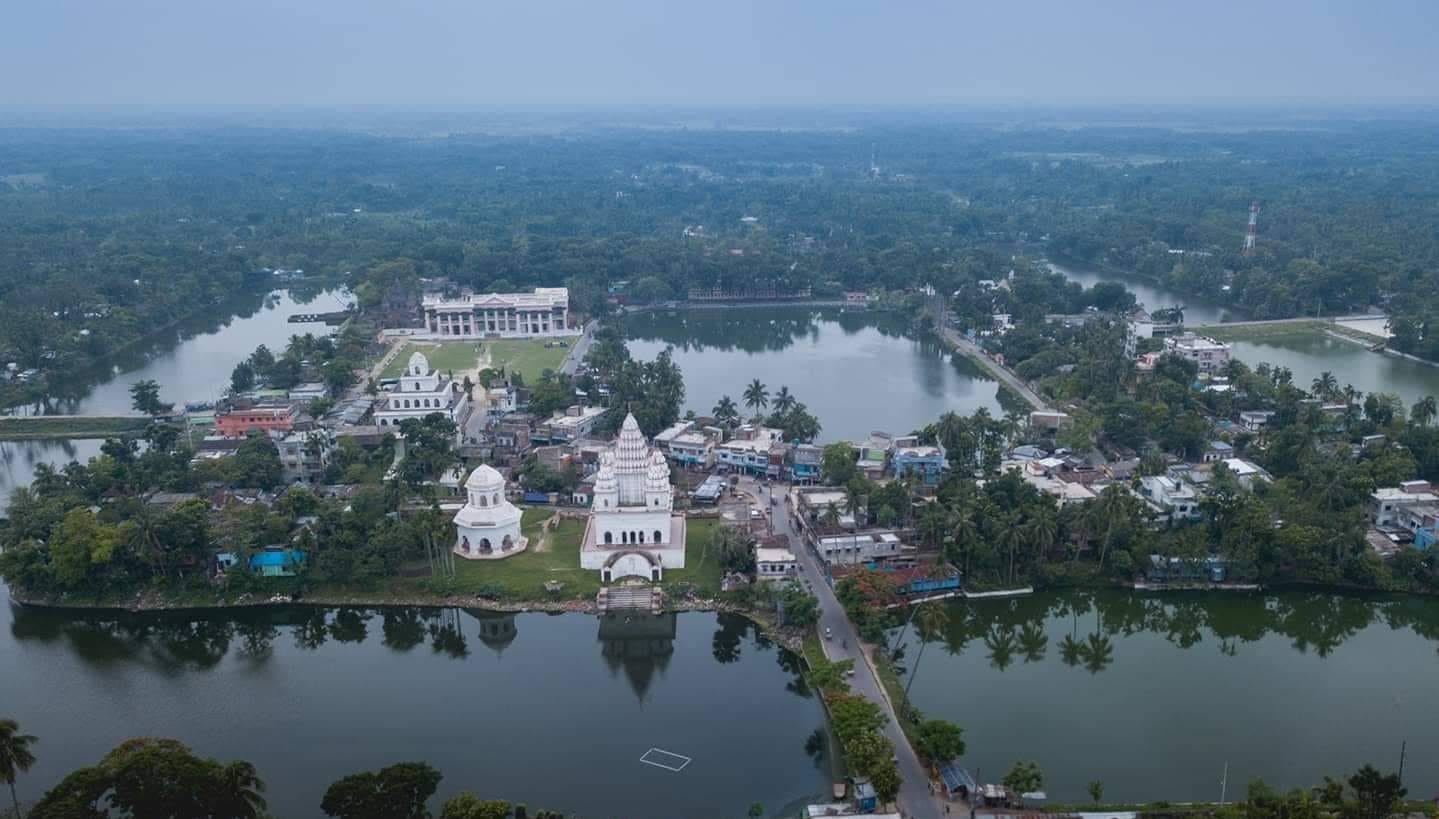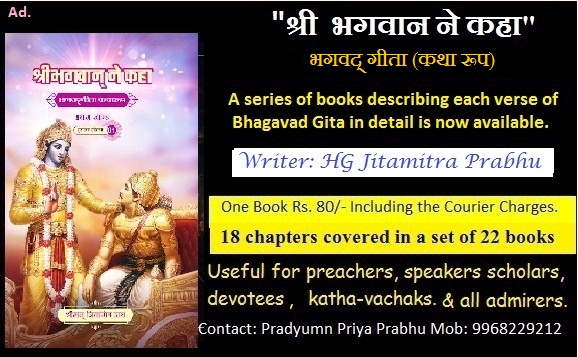L-G directs officials to hoist tricolor on govt buildings within 15 days

It is a big win for the nationalist forces of the country. The Union Territory administration headed by Lt-Governor Manoj Sinha has now set itself a target to paint Jammu & Kashmir in patriotic colours of India. The decision was taken on Monday by the Lt Governor in a meeting with the Divisional Commissioners, District Magistrates, and Superintendents of Police of the UT. As per a communiqué by the Divisional Commissioner, Jammu, the Deputy Commissioners/Divisional Heads of various Departments of Jammu Division have been asked to ensure strict compliance of the directions of the Lieutenant Governor, J&K, as per the provisions of Flag Code of India within next 15 days, under intimation to the Div com office. Earlier, the school education department in J&K had directed all the heads of the institutions to adopt “grey and white colour scheme” for government school buildings besides installing “a signboard of standard design with tricolour of national flag in the ba...










